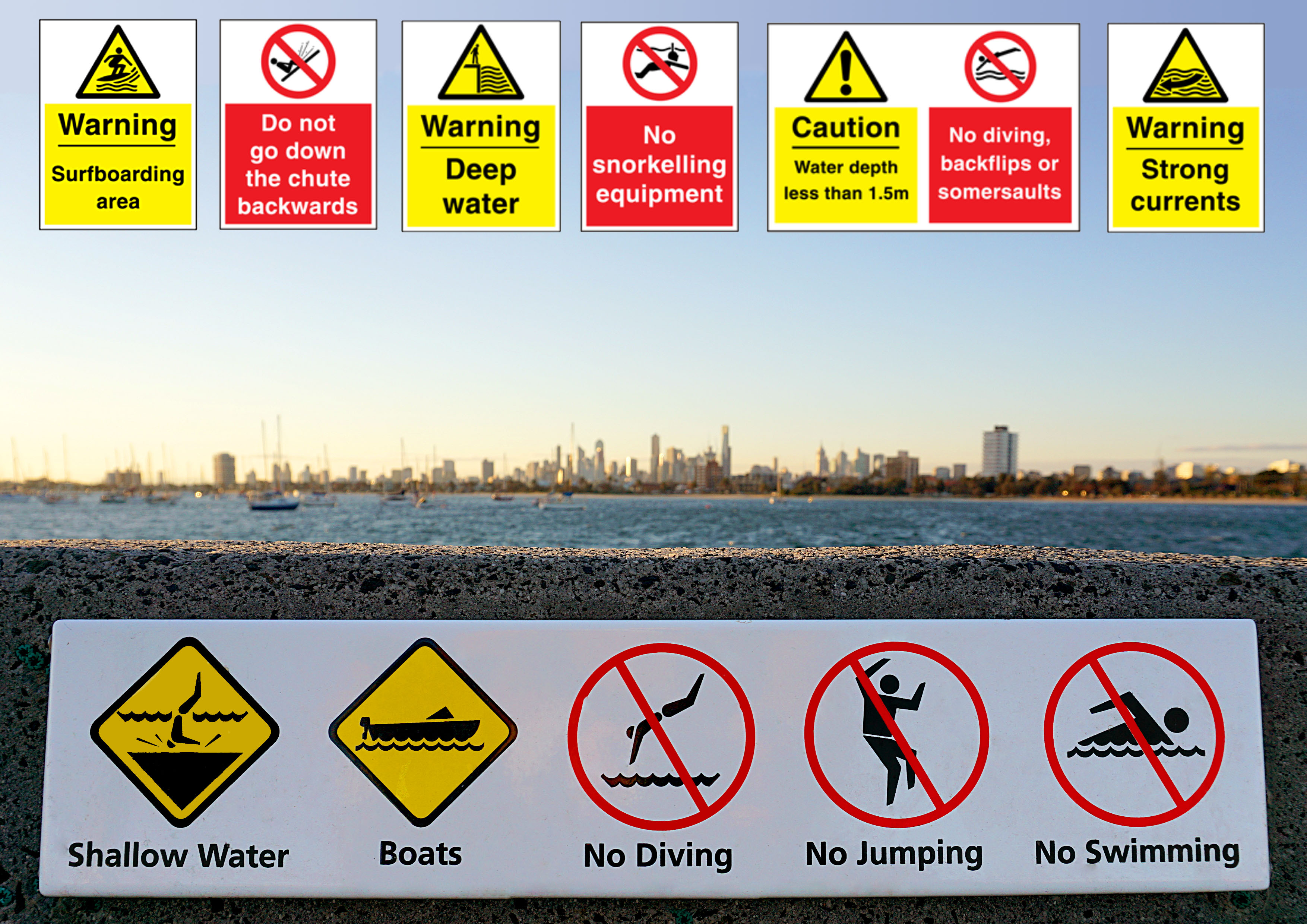
Water is an essential utility. Some see it as the most important utility there is – without water access, everyone would struggle. The importance of water means that utility companies need to keep things running fluidly.
However, the pressures that come with having an error-free service can lead to safety issues. For this reason, having a water safety policy is paramount. Utility workers are exposed to heights, dangerous elements and the threat of water daily, so how do they keep safe?
Below, we discuss how water safety is enforced, the regulations around it and the role water safety signs have.
Water Safety Policy
Water safety policy can be broken up into several key areas:
- Working at height
- Working with water
- Confined space
- Exposure to chemicals
- Working with equipment
- Proximity to roads and the public
Below, we discuss each area in detail.
Working at Height
Utility workers often must work at height to undertake maintenance and repairs. Not all maintenance work is at ground level; more often than not, utility workers have to use ladders or other climbing equipment to access valves and pipes.
For work such as this, all proper equipment must be supplied with ample training. To complement this, it is recommended that regular areas for working at height should be signposted. This can be done with our range of body protection signs.
Working With Water
Working with water involves many safety protocols. Firstly, all utility workers should work as far away from water as possible. If exposure to deep water is possible, then safety equipment needs to be provided.
In addition, areas with open water should be properly signposted with water safety signs. These inform utility workers and bystanders about the dangers of water and keep them vigilant.
Confined Space
Utility workers often work in confined spaces as pipes, valves and other areas of maintenance can be found underground or within buildings.
We’ve covered the definition of confined space in a previous blog, which tells you all you need to know about being safe in these environments.
<h3>Exposure to Chemicals</h3>
Water treatment leads to exposure to potentially dangerous chemicals. Of course, these chemicals are safe in the water, but in a gaseous state, they can be damaging.
As such, proper equipment which prevents the inhalation of chemicals is paramount. Dangerous substances should also be properly signposted with chemical hazard labels.
The Role of Water Safety Signs
In each of these steps, labels and signs play a part in keeping utility workers safe. However, as we have seen, working with water involves a variety of safety signs besides water safety signs specifically.
Water safety signs are there just for the “working with water” step. They help to identify good practices near water, as well as dangers. For example, they can warn utility workers of deep water, sudden drops and strong currents.
Many water safety signs can be used to safeguard the public, too. In places like swimming pools and lakes, they can inform bystanders how to stay safe around water, as well as prohibit certain activities.
Discover Water Safety Signs Today
At Label Source, we stock a range of high-quality water safety signs. With options to protect utility workers and the general public, we’re sure there’ll be something for you.
Be sure to follow our Twitter for the latest in the world of health, safety and labels!